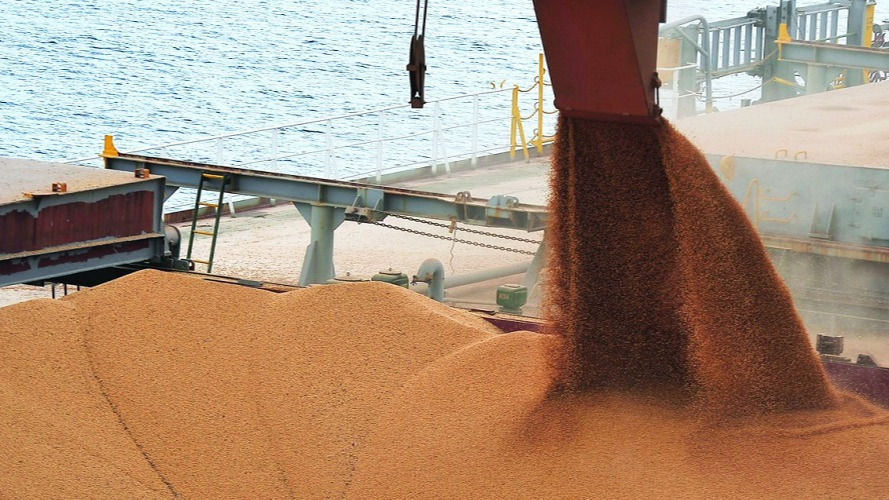Uganda experiences a substantial decline in the export of sugar quantities
- Emily A. Vieira

- Feb 8, 2024
- 2 min read
Sugar exports plummeted from 150,000 tonnes in the 2021/2022 season to 29,000 tonnes in 2023, as indicated by data from Asycuda customs reports submitted to the Uganda Revenue Authority (URA).

Jim Kabeho, the chairperson of the Uganda Sugar Manufacturers Association (USMA), attributes the decline in export volumes to a limited supply of sugarcane, resulting in decreased production.
"The shortage of cane in our factories aected our ability to export more sugar in 2023 compared to previous years, and this was due to a shortage of cane and low production," Kabeho explained to Monitor on Tuesday.
In 2023, sugar was exported to four East African Community (EAC) member states, including South Sudan, The Democratic Republic of Congo (DRC), Kenya, and Burundi. Despite security challenges along its routes, Sudan secured the highest bid at 47.88%, surpassing Kenya as Uganda's primary export market.
Kabeho expressed concern about the illicit smuggling of sugar from Kenya to Uganda through illegal routes due to its aordability at the Busia border. He highlighted bilateral agreements to export 90,000 metric tonnes of sugar annually to Kenya, but poor production resulted in minimal exports last year.
He added, "Rwanda, which had closed its border in 2019, reopened, and we started exporting sugar again on a small scale, while Tanzania continued to limit our sugar exports to only 20,000 metric tonnes." Uganda also exported 1.2% of its sugar to Europe (Netherlands, Belgium, and Italy).
Wilberforce Mubiru, Assistant General Manager of Sugar Corporation of Uganda Limited (SCOUL), stated that Kenya's decision to allow duty-free sugar imports further diminished Uganda's export volumes. Mubiru emphasized the impact of low export volumes on the country's foreign exchange earnings, noting that losing the export market poses challenges in regaining revenue.
In February 2022, national sugar production was estimated at 600,000 metric tonnes annually, with a consumption of about 380,000 metric tonnes, leaving approximately 220,000 metric tonnes available for export each year.





Comments